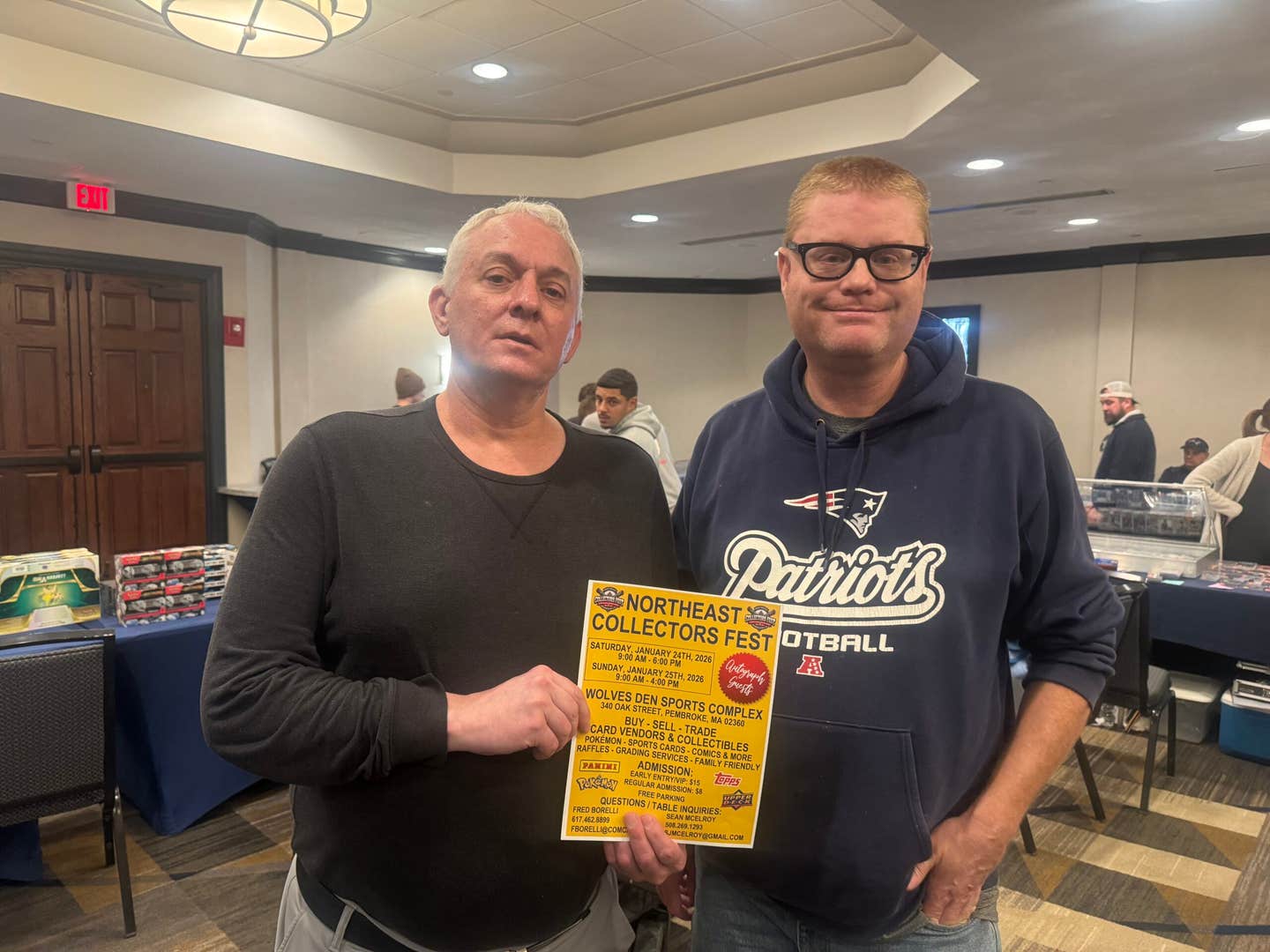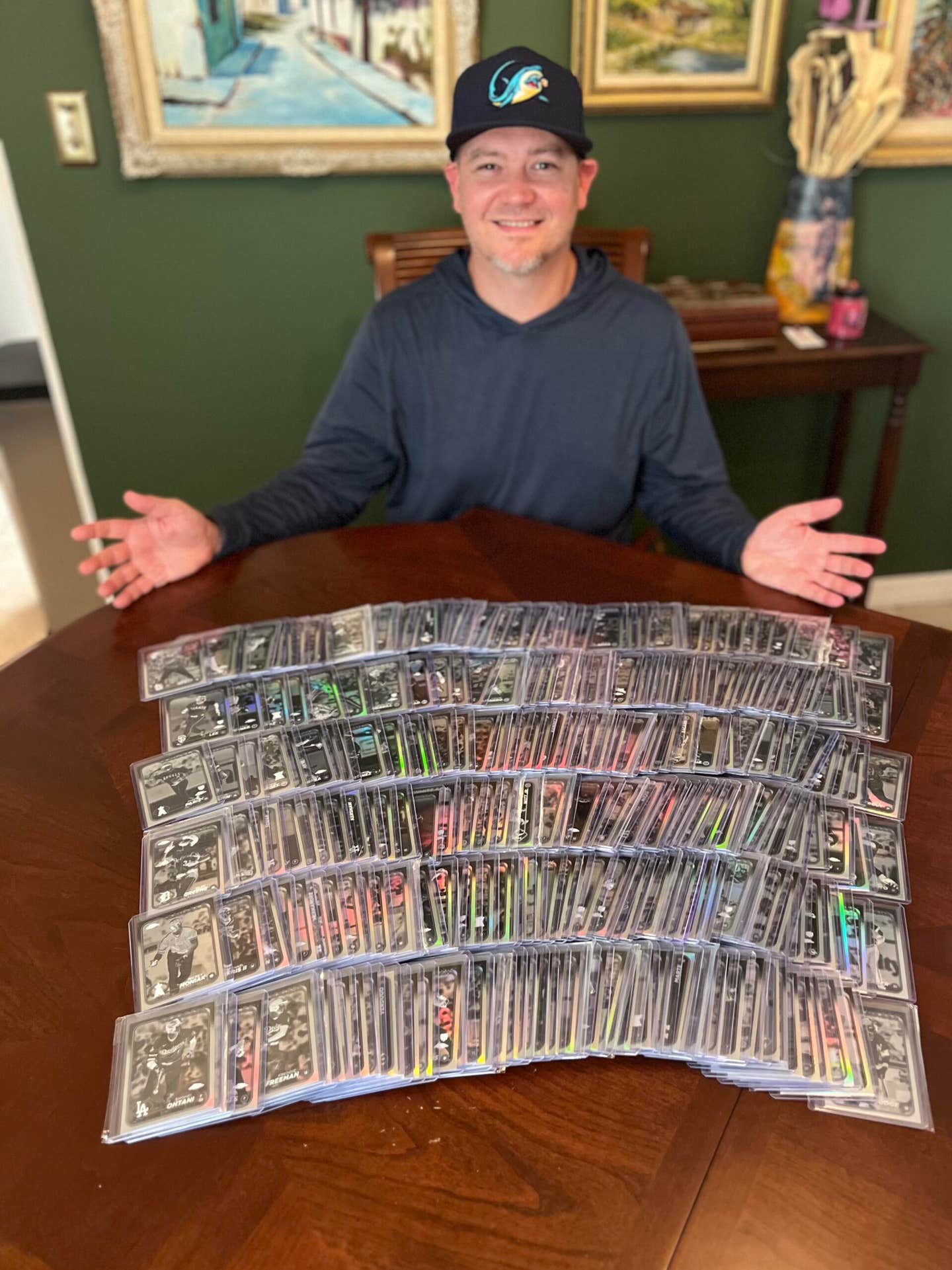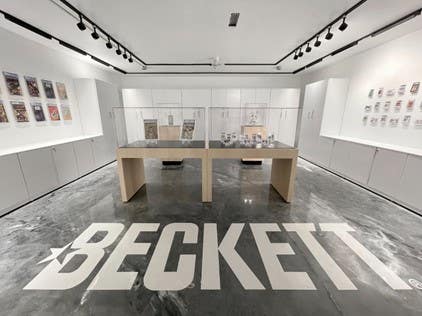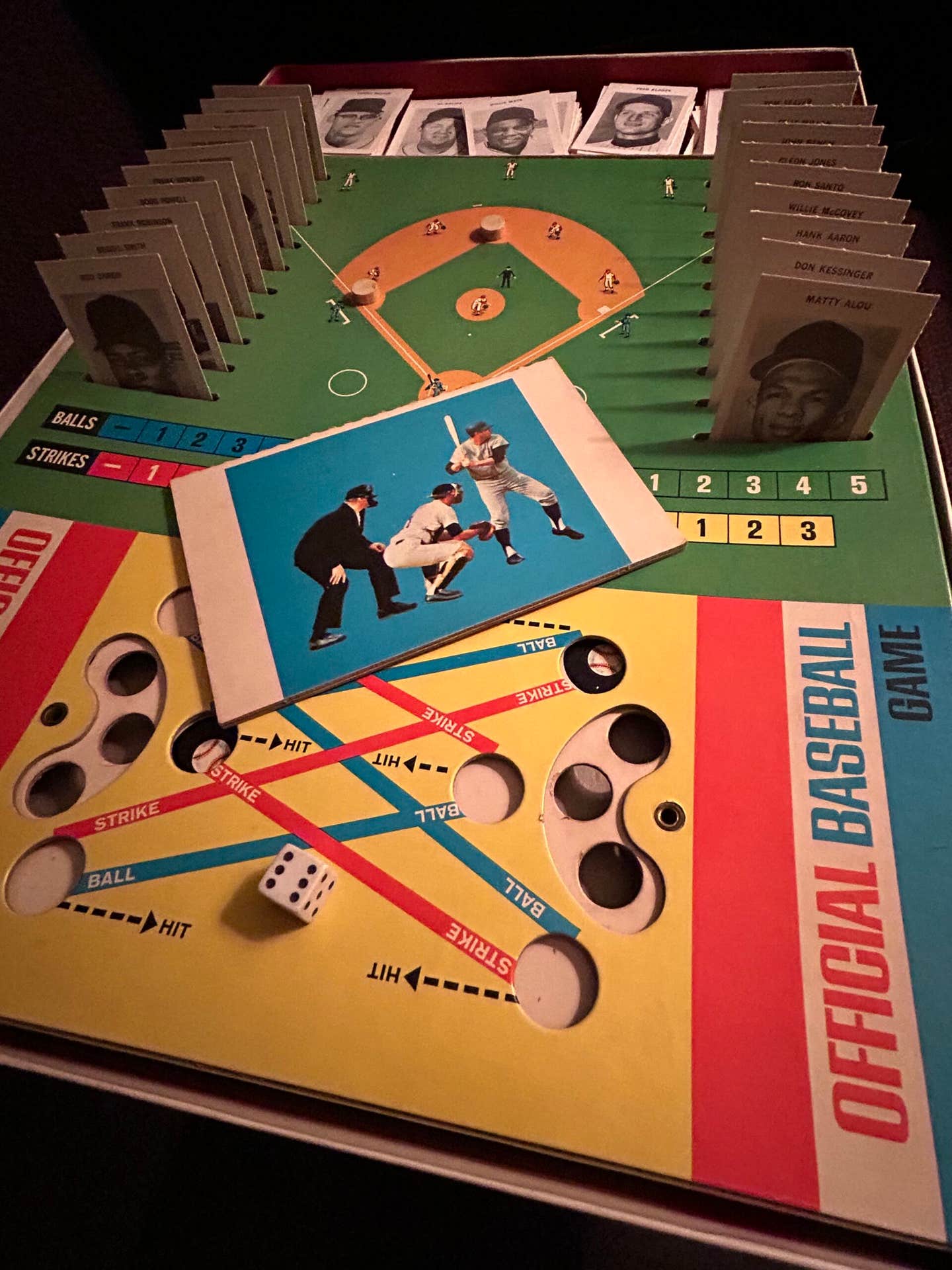Vintage Card Sets
Set Overview: 1908-09 Rose Company Postcards
By Jerry Spillman
Preface
Working with a low population of existing postcards in this series, it is challenging to establish what The Rose Company's overall plan of production was or their manufacturing process. When faced with these conditions, hypotheses were created to explain how this set was developed, and how production timing and operations were accomplished. This liberty was taken throughout the article with regard as to why there are two cards of some players in the set, why some players are without team associations and for particular manufacturing procedures. Any comment regarding this matter by the reader is welcome. Also included is a master checklist with complete details (see below).
Organization
The Rose Company (TRC) of Philadelphia, Pa., manufactured and distributed postcards early in the 20th century. Their range of subjects was historical, holidays, actresses, patriotic, comic and many other types, not unlike the subjects used for trade cards of the day. In midsummer of 1908 TRC commenced producing an ornate format that featured a Carl Horner portrait photo of major league (also Scranton team) baseball player postcards. Based on postal dating this series of postcards ended in the fall of 1909; a relatively short period of availability and a significant factor for the scarcity of these postcards. This baseball postcard series is now designated PC760 in the American Card Catalog.
In the original production, all of the postcards in this series were printed with the player's name and his team. These cards consisted of major league team players (held to 12 players per team) and the Scranton team players. All subsequent postcards were printed with only the player's name. The checklist is shy of three unknown major league team player cards. They are two players from Boston, NL, one player from St. Louis, AL. These are indicated by "XX" on the checklist (see below).
However, there are players who have both team and no team cards. One account for this is team changes. These original team players changed teams at the end of the 1908 season: Jake Weimer (Cinn to NY, NL); Andy Coakley (Cinn to Chicago, NL); J.J. Murray (St L, NL to NY, NL); Lou Criger (Bos AL to St L, AL). These player trades rendered their undistributed cards obsolete. To salvage these cards, labels printed with the player's name were made and appended on the cards over the existing printed identification. Therefore these four players have one card with team and a variation no team card.
Original team players, Red Kleinow and Christy Mathewson, both of whom remained on the same team 1908 through 1909, also have two cards. Their no team second card would have been printed as reorders and are also card variations. The remaining players' cards that appear on the no team list were added at the discretion of TRC at times after the start of the publication; some, Bill Abstein, Rebel Oakes, John Knight and Jimmy Sebring, not until early 1909. It is possible that more no team cards will surface.
The image errors of the set are as follows: Mordecai Brown is pictured on the Buster Brown, Phil, NL card; Mordecai played for Chicago, NL. Frank Delahanty is pictured on a Washington card; Frank played for NY, AL. It was Frank's brother, Jim, who played for Washington. Joe Doyle is pictured on the Larry Doyle, NY, NL card; Joe Doyle pitched for NY, AL. Each player's name on the checklist is as it appears on the card followed by the correct spelling if it applies.
Postcard Variations
In early 1909, probably based on the popularity of these postcards, TRC created an ingenious method of marketing this baseball format void of a picture printed on it as a do-it-yourself baseball postcard. Prior to printing, the picture area of the card is punched out to a diameter 1/8-inch less than the inside diameter and concentric with the gold wreath. This creates a round opening in the card with what will appear as a white ring inside the wreath after the printing and embossing processes are complete. Next, a thin postcard size overlay leaf printed with the TRC address format on the back is attached to the top of the back of the card. This allows the user to flip the leaf up to paste a picture on the card where it would be seen through the punched out hole; finally the leaf is sealed to the card to complete the homemade baseball postcard.
This is precisely what members of the Springfield Ponies Team of the Connecticut State League did in May 1909. They obtained a quantity of these do-it-yourself postcards and proceeded to have round headshot photos and identification labels made and attach them to the cards. Thirteen of the players wrote a personal message on their cards, seven of which were autographed, and the cards were presented to Mrs. Edgar, a team benefactor and wife of the owner of the Russell House Hotel and Cafe, a team haunt. Eight unused extras were kept by Jimmy Burns, one of the 13 team players who gifted Mrs. Edgar with a personalized postcard. The motivation for making these postcards was obviously a personal tribute by the team players, nothing more.
This group of 13 Springfield postcards were part of a large collection purchased by a picker out of a house in Vermont and sold to a NY antique dealer who then offered the lot on eBay; all took place in 2004. The winner of the lot was a group of three baseball card dealer/collectors for $6,178. The estate of Jimmy Burns consigned his eight postcards to REA; the lot sold for $1,659 in the spring 2013 auction.
As stated above, the Springfield baseball player postcards are homemade cards. No legitimate connection can be made between those cards and TRC products or the Burdick PC760 designation.
Probably toward the end of production of the baseball series in 1909, TRC decided to wholesale these postcards, leaving the picture and identification area blank. Vendors overprinted these postcards to create greeting and invitation cards.
The G on the checklist indicates that some of the cards of these players were overprinted on the address side of the card, with one of the two variations of the Greenfield's Delatour Chocolates advertisement. To date, there are 14 players that have cards with one or the other of these ads.
Identification and Population
On these postcards, TRC identified players by using their last names. Both PSA and SGC added player's first names or nicknames to the label in their holders, but not consistently; many labels depict only the player's surname. This problem, plus the fact that their population charts are alphabetical by the players' first name or nickname, creates difficulty in using these charts for research.
The total population (PSA and SGC) of each card is indicated on the checklist following the player's name. As noted, the numbers are extremely low. A zero means no example of this card has been graded although one or more raw cards are known to exist. However, if the zero is preceded by N, there is no evidence of the existence of a card of this player.
Interesting to Note
This is the only baseball card for 19 players; 9 are major leaguers and 10 Scranton players. Those players are identified on the checklist.
There is only one major league player (Doolan, Phil NL) wearing a cap on the photo. However, there are nine Scranton players wearing a cap.
There is only one non-player card in this set - E.J. Coleman, President of the Scranton Club.
"Scranton Club" is printed on all the Scranton player's cards except for Moran and Kittridge where only "Scranton" appears.
Only five of the listed Scranton Club players remained on the team in 1909; they are: Lew Groh, Jocko Halligan, Charles Moran, George Schultz and Gus Zeime.
All of the no team cards that have been observed were printed using a slightly larger, thinner, distinctively different font from the cards in the rest of the set. No opinion as to why this production option was taken.
From May 2007 until September 2007, a dozen rare Rose Company postcards were sold on eBay by an agent based in Bernardston, Mass., for the owner residing in the same state. All were unused high-grade cards that brought a very wide range of prices; most of these players' cards did not appear on either of the grading company's pop charts. Noting how rare it was to see these postcards come on the market, a record was made of all of the sales (see eBay lots below). Surprisingly, these sales were just a sampling of these 99 year old treasures. From the summer of 2008 until the spring of 2011, the balance of this find of approximately 100 different high-grade cards were professional graded and sold at public auctions. The total collection brought about $100,000.Historical
In the period 1907-1909, TRC placed ads in magazines for their vast postcard line. Those ads advised interested parties to seek purchases of their products from jobbers (wholesalers). Jobbers handled the distribution of these postcards by supplying retailers nationwide. A jobber, The Tower Manufacturing and Novelty Company of New York, placed the following announcement regarding the availability of The Rose Company baseball player postcards in The American Stationer August 15, 1908, edition:
CHECKLIST








